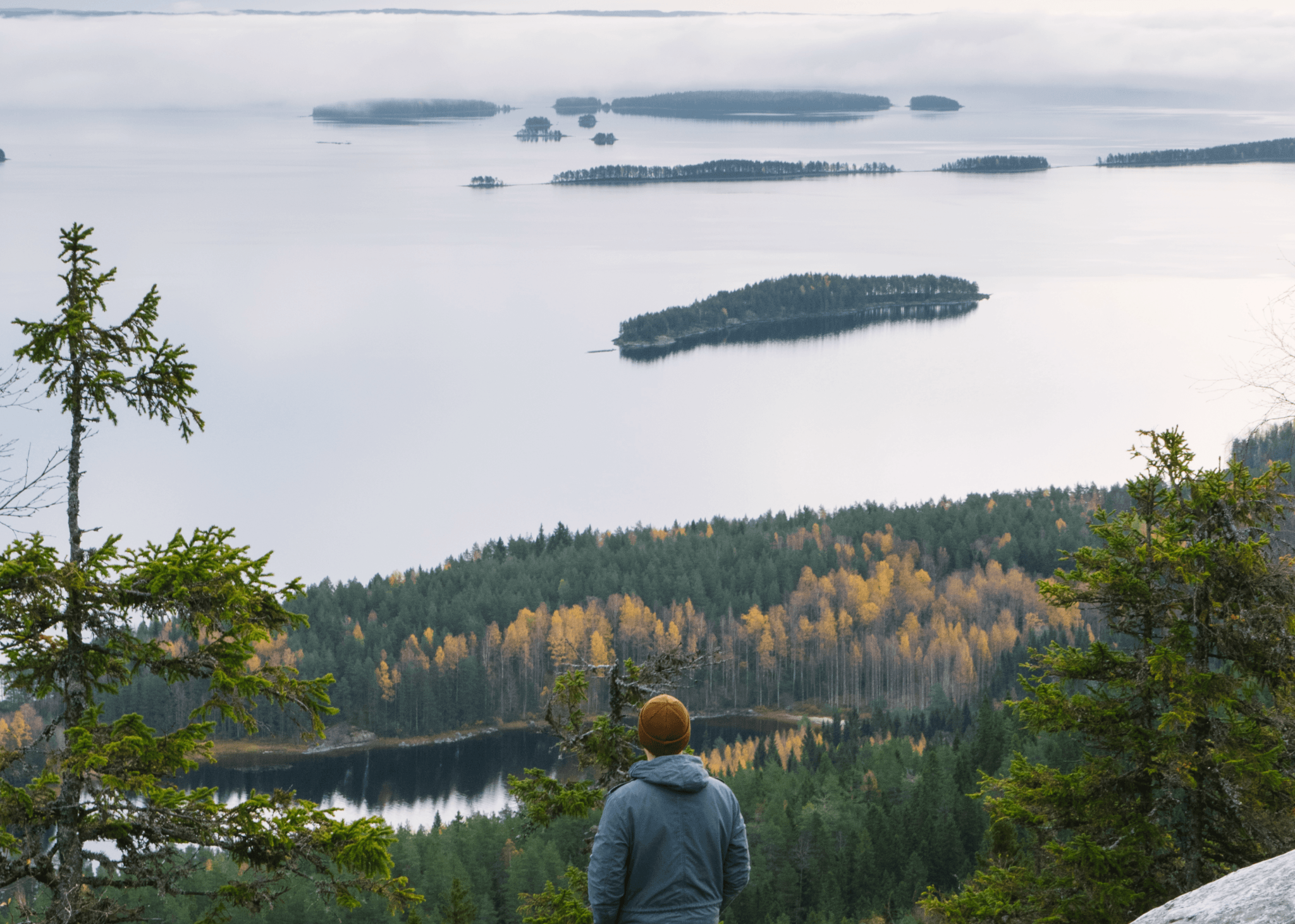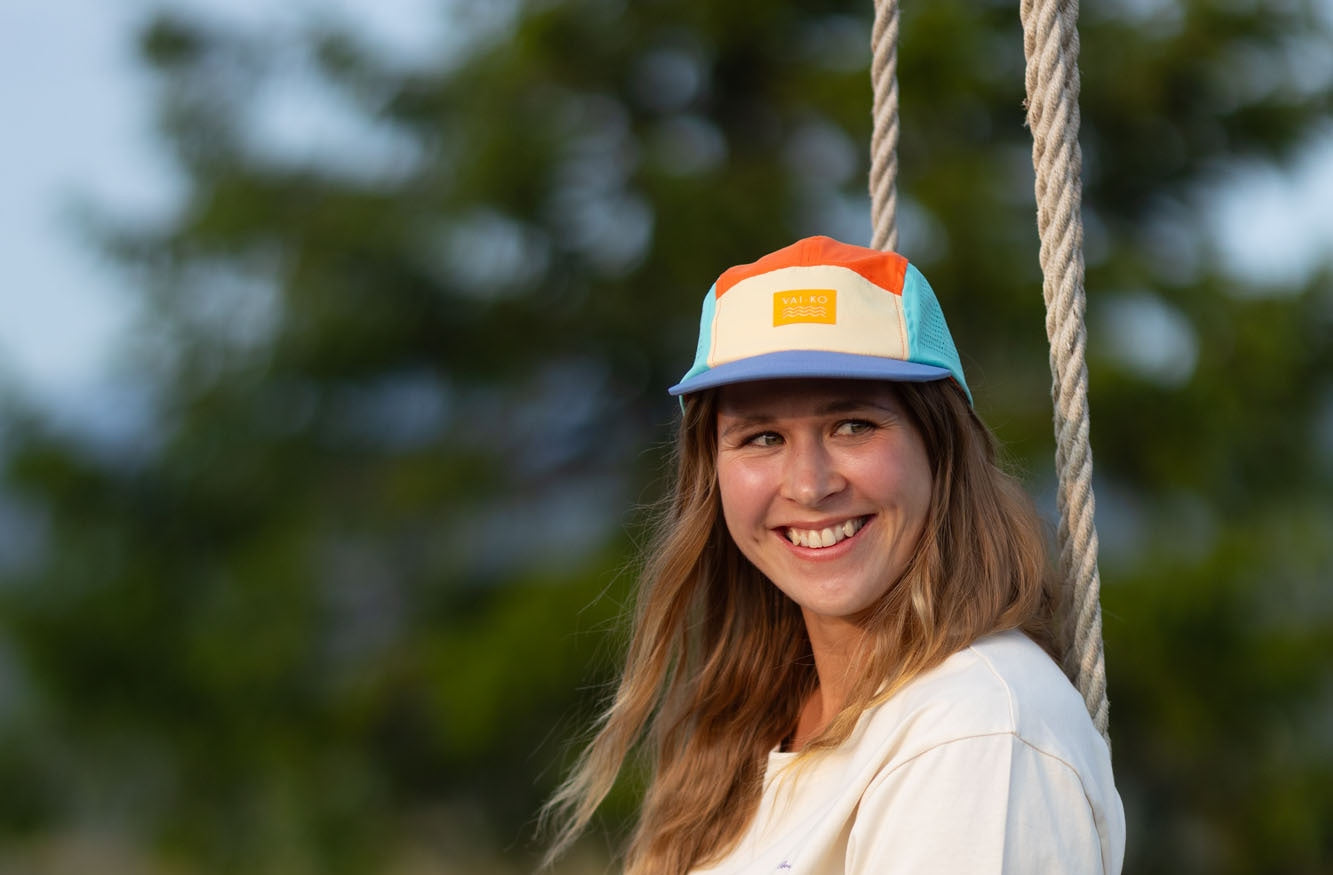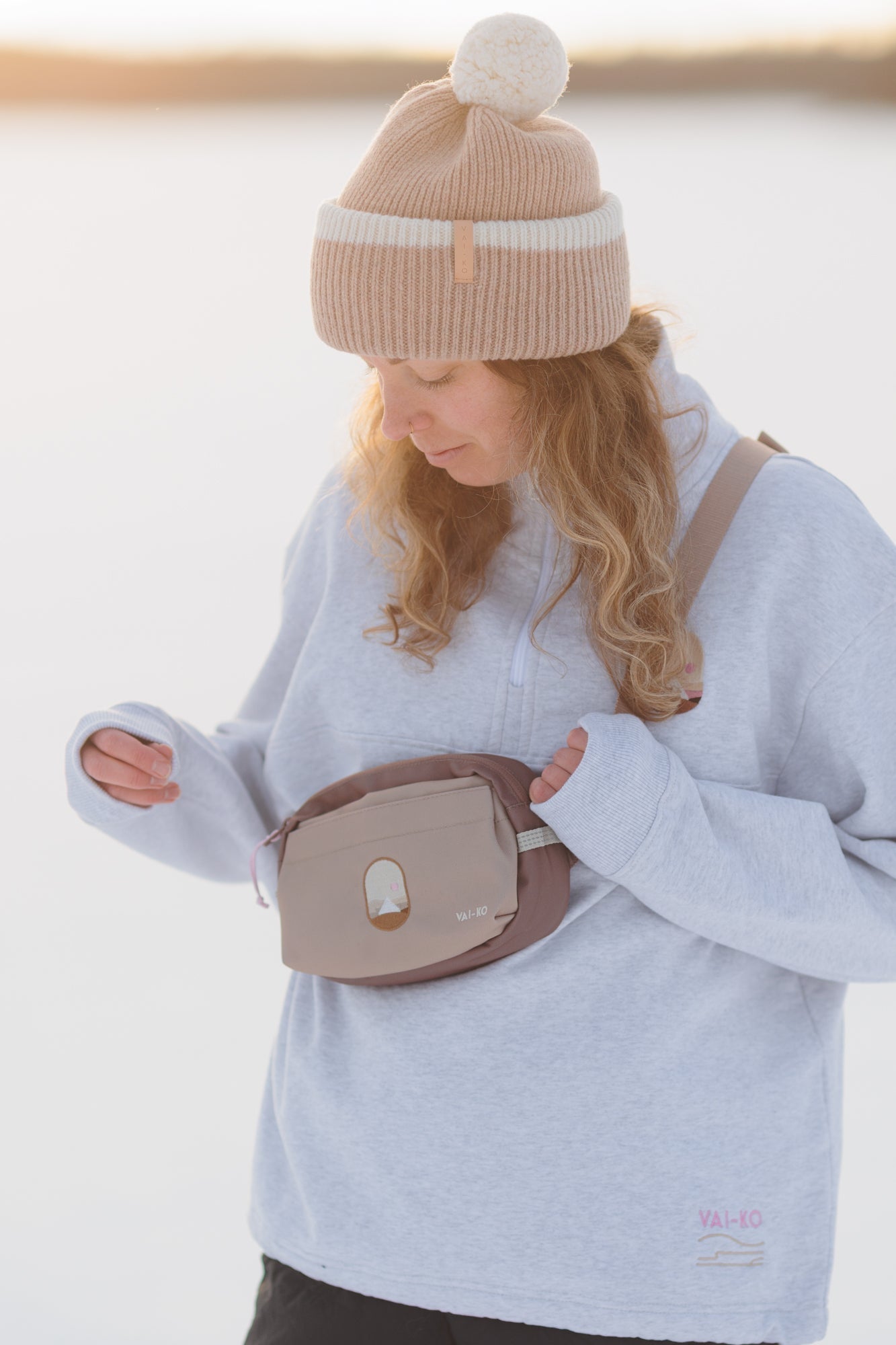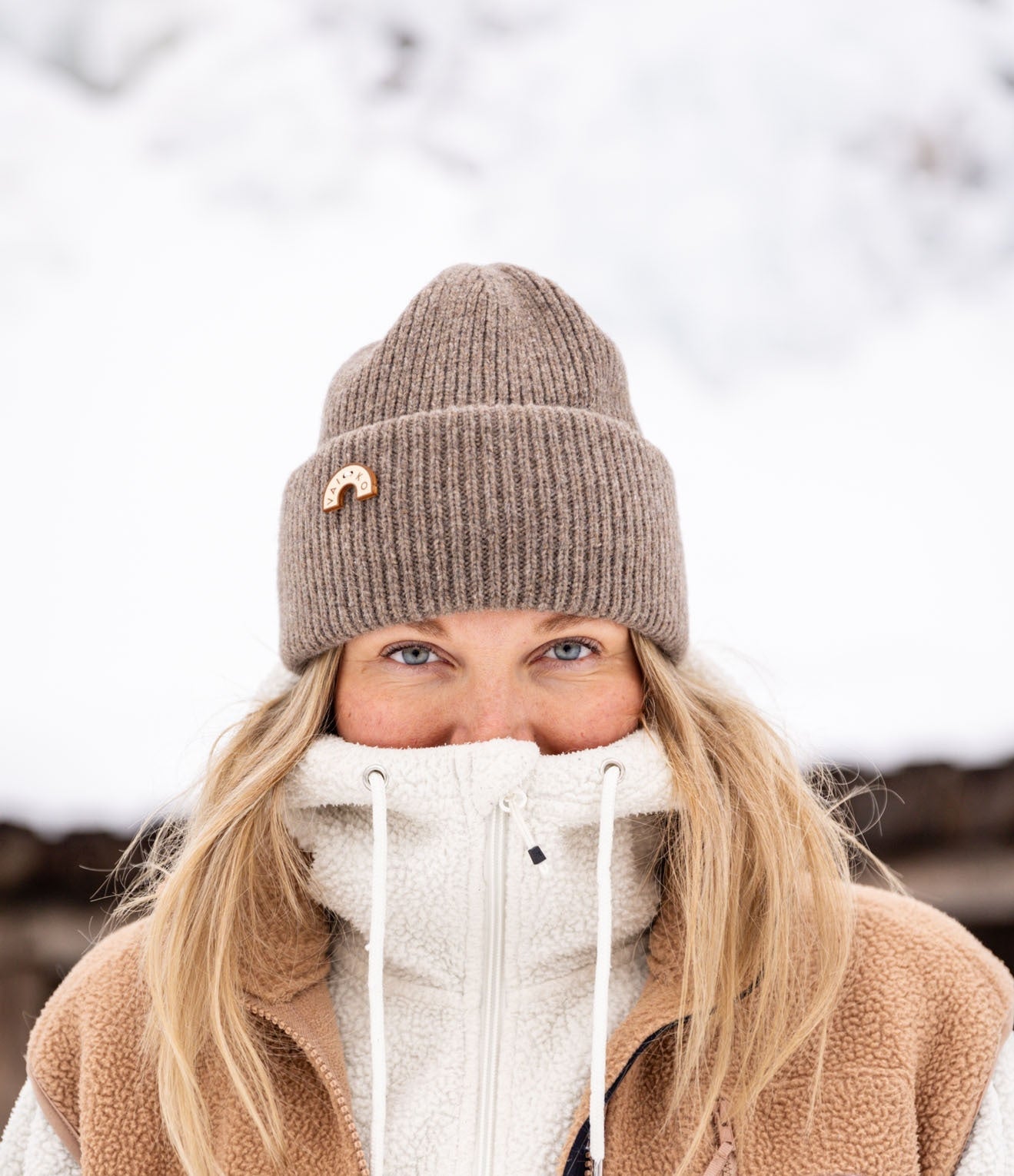

Luonto hoitaa: 3 ongelmaa, jotka ratkeavat, kun vietät aikaa luonnossa
Aiheeseen liittyvät julkaisut
VAI-KØ Van Conversion: Interior Introduction
If simple living in a van facinates you after considering the pros and cons of the lifestyle, the next step is building a camper van. Many people live the vanlife during a certain season or on holidays, you won't have to fully move into it right away. In this article we'll share the inside of Urho the van and hope to give some inspiration on building and decorating a van to future and current vanlifers. ALL VAI-KØ BEANIES ON SALE only once a year! Shop here! Living the vanlife offers freedom that most of us dream of. But the cost of not having a steady home and often a steady income is something to consider before jumping into full-time vanlife. if you haven't yet red our previous blog post about the Henri and Maria's vanlife journey, check it our HERE! Shop here! Just like vanlife in general, building a camper van is all about prioritizing and figuring which things matter to you the most. Often only with try and error will you really know what stays and what goes. After their first long trip with Urho, Henri and Maria realized the original fridge was using a lot of power and was quite small. So this year they upgrated the fridge. But there was one but, it didn't fit in the custom kitchen cupboard, so the nice birch door had to go. A portable stove-top is also a new addition to the van, it replaces a camp cooker the couple cooked with on last year's trips. Talking about compromises, in the original building process a decision had to be made between warmth and legspace. Let me elaborate: having a well insulated van that keeps heat in and moisture out requires a quite thick layer of wood and thermal insulator. That means less space inside, and in Henri and Maria's van it all came down to less legspace and smaller bed size. The clothing rack on the wall is a new and well-liked addition. The open shelves allow you to get a good idea of which clothes are clean and usable, this means pieces are used more evenly and you'll know when the laundry situation gets critical. ALL VAI-KØ BEANIES ON SALE only once a year! Shop here! Henri & Maria's 4 tips on getting started with vanlife: 1 Figure out what freedom means to you in everyday life and what you are willing to compomise to achieve that. 2 First, try living in a station wagon during a weekend trip or rent a van or a mobile home for a longer road trip. You'll quickly find out your deal-breakers and must-haves for a van. 3 Ask for help.Building a camper van and moving in is a big project. Often help and know-how is closer than you think, if only you ask. 4 Search online. There's a lot of tips and tricks on converting a van into a camper and living the vanlife on social media. How'bout you, what are your thoughts on living in a van? What do you think you'd enjoy the most & what would you miss while being on the road? Writer RIINA, is the communications specialist at VAI-KØ, who is learning to include some of that Live Alternative -attitude in every area of her day-to-day life. Writer's weakness is watching too much YouTube.
Lue lisääMiltä tuntuu jättää arki ja muuttaa reissupakuun? VAI-KØn yrittäjäpariskunta tietää vapauden hinnan
Urbaani arki ja elämän hektisyys ajoivat VAI-KØn yrittäjäpariskunnan, Henrin ja Marian, etsimään vapaampaa elämää vanlife:sta. Vapaus ei kuitenkaan ole ilmaista, tässä artikkelissa he kertovat omia kokemuksiaan elämäntyylin haasteista ja mahdollisuuksista.
Lue lisääSocial Responsibility: Ethical Fashion has Everything to Do with Being Transparent
In this article, we talk about social responsibility in the fashion industry. What are the key issues, who's responsible for fixing them and how transparency is the way to ethical fashion. 1,134 fashion workers lost their lives and over 2,500 were left injured, when a building holding multiple clothing factories in Dhaka, Bangladesh collapsed on 24th of April in 2013. It was the dedliest garment-factory accident ever recorded. From that tragedy, Fashion Revolution was born to change the course of the fashion industry. What happened in Rana Plaza brought much needed attention to what had been going on in the fashion industry for decades: serious occupational health violations, wages that keep workers and their families in deep poverty and working conditions that in many cases would be considered modern slavery. But there's light at the end of the tunnel. Ethical fashion is on the rise and consumers are voicing their demands for better alternatives. On this year's Fashion Transparency Index 84% of the big fashion brands included increased their transparency score from last year. Still, 12% of the brands don't disclose any information about their production and even the highest scoring brands have a less than 60% transparency score. (Source: fashionrevolution.org) Transparency, What's so Difficult About it? In countries like Finland the law and officials protect the rights of workers, yet still annual labour trafficking convictions are given. So just think about the way things are in countries where labour laws are lacking or non-existent, standard of living is low and corruption is common. Poor circumstances make exploitation quite easy and wide-spread. And this is why transparency is the only way forward. Many times, when fashion brands are asked about social responsibility and how it's carried out, the bottom answer is 'we don't know'. So if the brand says they don't know, it's practically impossible for consumers to get any information about the working conditions of the people who make their clothes. So what's there to do & who should do it? Ethical Fashion, Who's Responsible? We believe corporate social responsibility means doing business the fair way or no way. The fair way is to consider and minimize all negative effects on nature and people, seeing the big picture. There's a lot of authority that comes with leading a fashion brand. But still... Consumers are the one's holding the money and with it the power. No company would keep producing products that didn't sell. Ethical fashion companies are able to offer sustainable, alternative clothing to consumers, but it can't be done without conscious consumers on their side. Transparency by Proximity We believe in proximity as a way to execute social responsibility and control the ethicality of our production. To us at VAI-KØ proximity means all our apparel and accessories are made in the EU. This means we are familiar with the status of worker's rights and the standards set by the EU and the coutry in question. Proximity also enables us to visit the factories and work closely with them to ensure sustainable production. Yet bringing all stages of the product cycle close is often not possible (for example merino sheep are not farmed in Europe). You could also argue that boycotting certain production countries or areas is not the way to change things or handle these ethical issues. That's where certificates come into play! Cerificates = Highway to Social Responsibility Certificates can be seen as your eyes and our eyes on the field. They offer a third party view to clothing production that is as close to objectivity as possible. Ofcourse, there's always a chance of abuse, but the chances are immensely higher if there's no supervision at all, don't you think? Certificates are a great way to advance worker's rights and influence the surrounding society. You know, certificates don’t only supervise and work with the collaborating factories but in many cases, the ethical and ecological standards work as an example for companies outside the certificates. These companies can then seek consultation on how to take charge of social and environmental responsibility. And that is how transparency changes the world! Read more about our certificates HERE, and about our materials & manufacturing HERE! Writer RIINA, is the communications dudette at VAI-KØ, who is learning to live with a Live Alternative -attitude in every area of her life. Writer's weakness is watching family vlogs on Youtube.
Lue lisää





